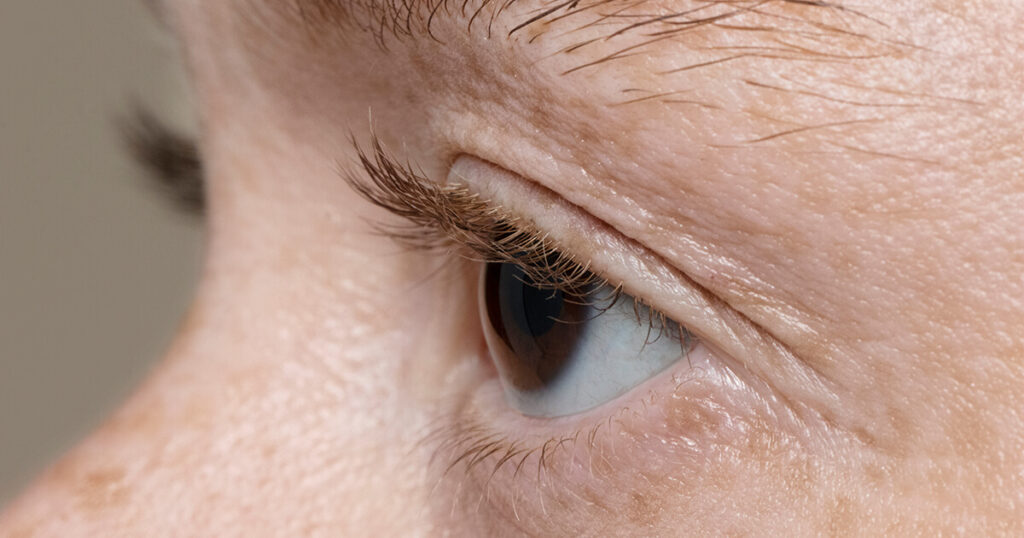Eyelid unevenness is a condition that many people experience, causing one eyelid to appear higher or lower than the other. This asymmetry can be caused by various factors such as genetics, aging, or underlying medical conditions. Understanding these causes can help individuals seek appropriate treatments or management strategies.
Various treatments are available for uneven eyelids, ranging from non-invasive methods to surgical interventions. Makeup techniques can often camouflage minor asymmetries, while more pronounced differences might require medical treatments, such as botox injections or eyelid surgery.
People dealing with uneven eyelids often want to know how it can impact their vision and self-esteem. Learning about the causes and treatments helps in making informed decisions to improve both visual function and cosmetic appearance. Explore the details to find the best approach for your specific situation.
Causes of Uneven Eyelids
Uneven eyelids can be caused by a variety of factors. These include genetic disposition, age-related changes, swelling post-sleep, muscle laxity, and nerve issues.
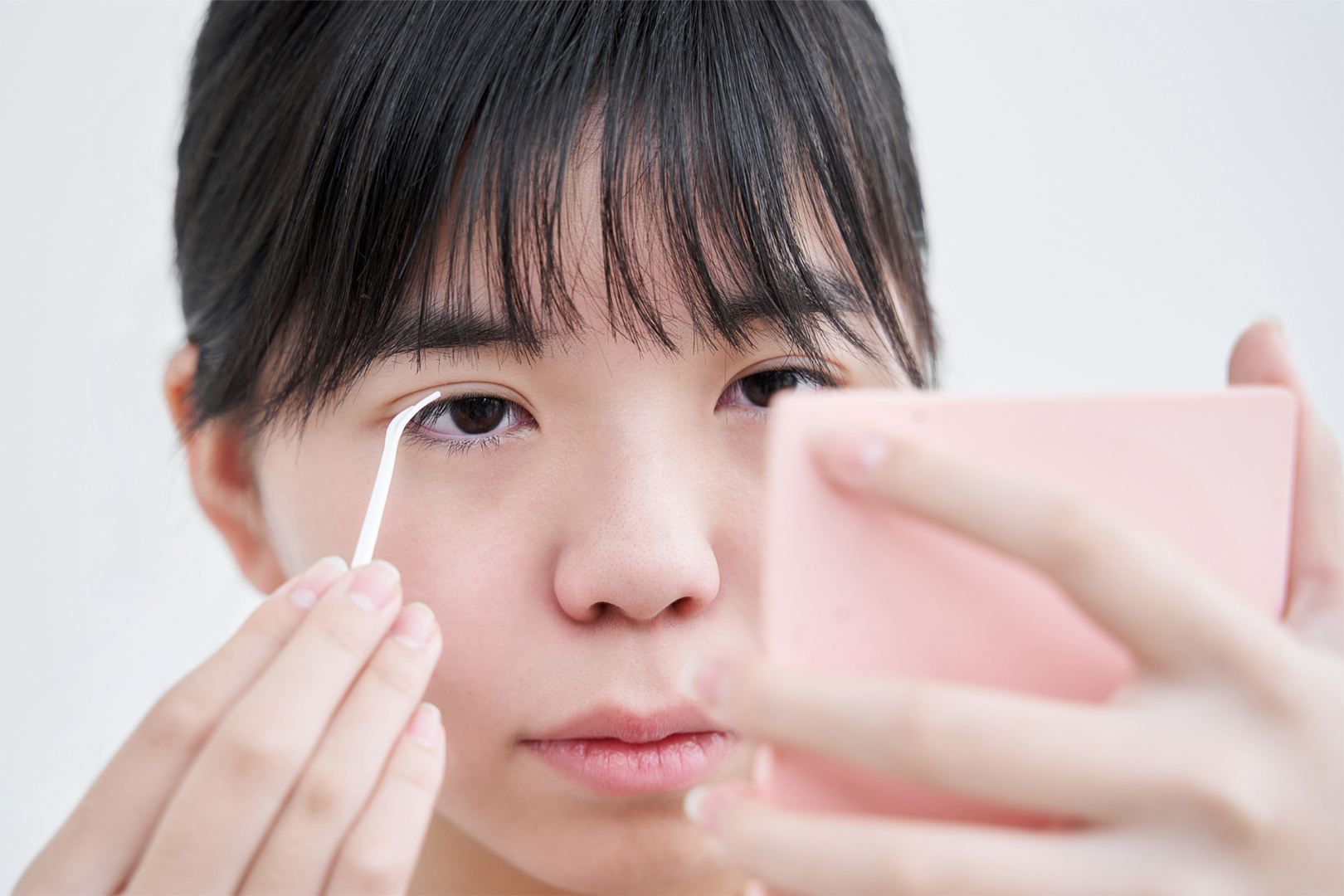
Genetics and Heredity
Genetics play a significant role in the appearance of eyelids. Certain genetic traits result in one eyelid being higher or lower than the other. This condition is often noticed at a young age and may be more pronounced in some family members. Traits like ptosis, where the eyelid droops notably, can be inherited.
Occasionally, genetic factors can also affect the muscle tone and skin elasticity around the eyes. These inherent traits may contribute to differing levels of droopiness or tightness in each eyelid. Over time, these genetic tendencies can become more evident, especially if they run in the family.
Age Related Changes
As individuals age, skin loses its elasticity, and muscles weaken. This natural aging process affects the delicate skin around the eyes significantly. Over time, these changes can cause the eyelids to sag or appear uneven.
Additionally, fat redistribution in the eye area can enhance asymmetry. Thinning skin may also reveal the underlying tissue and bone structures more prominently, which accentuates disparities between the eyelids. These changes become more apparent as one grows older, leading to noticeable unevenness.
Post Sleep Swelling
Swelling after sleeping can temporarily cause uneven eyelids. Fluid tends to accumulate in the face when lying down, which can lead to puffiness in the eyelids. Upon waking, one might find that one eyelid is more swollen than the other.
This swelling usually subsides within a few hours. However, if consistent, it may reveal underlying differences in the eyelids. Factors like sleep position and overall health can influence this post-sleep swelling and its impact on eyelid symmetry.
Muscle Laxity
Muscle laxity, or the weakening of eye muscles, can cause uneven eyelids. The levator muscles, responsible for lifting the eyelids, can weaken due to various reasons such as aging, injury, or lack of use.
When these muscles are not equally strong on both sides, one eyelid may droop more than the other. This condition, known as ptosis, can make the eyes appear asymmetrical. Muscle laxity can develop gradually, making it a common cause of uneven eyelids in older individuals.
Nerve Issues
Nerve-related problems can significantly affect eyelid symmetry. Conditions like Bell’s palsy or Horner’s syndrome can impair the nerves controlling the eyelid muscles, leading to one eyelid drooping more than the other.
Injuries or surgeries that impact facial nerves may also contribute to uneven eyelids. Nerve issues usually require medical diagnosis and treatment. Symptoms often extend beyond eyelid unevenness, including changes in facial expression and muscle control. Such issues can have a profound impact on the appearance and function of the eyelids.
Recognizing Uneven Eyelids
Uneven eyelids can occur for various reasons. They may be due to genetic factors, aging, or underlying medical conditions such as eyelid ptosis. Identifying uneven eyelids is crucial for determining the appropriate treatment.
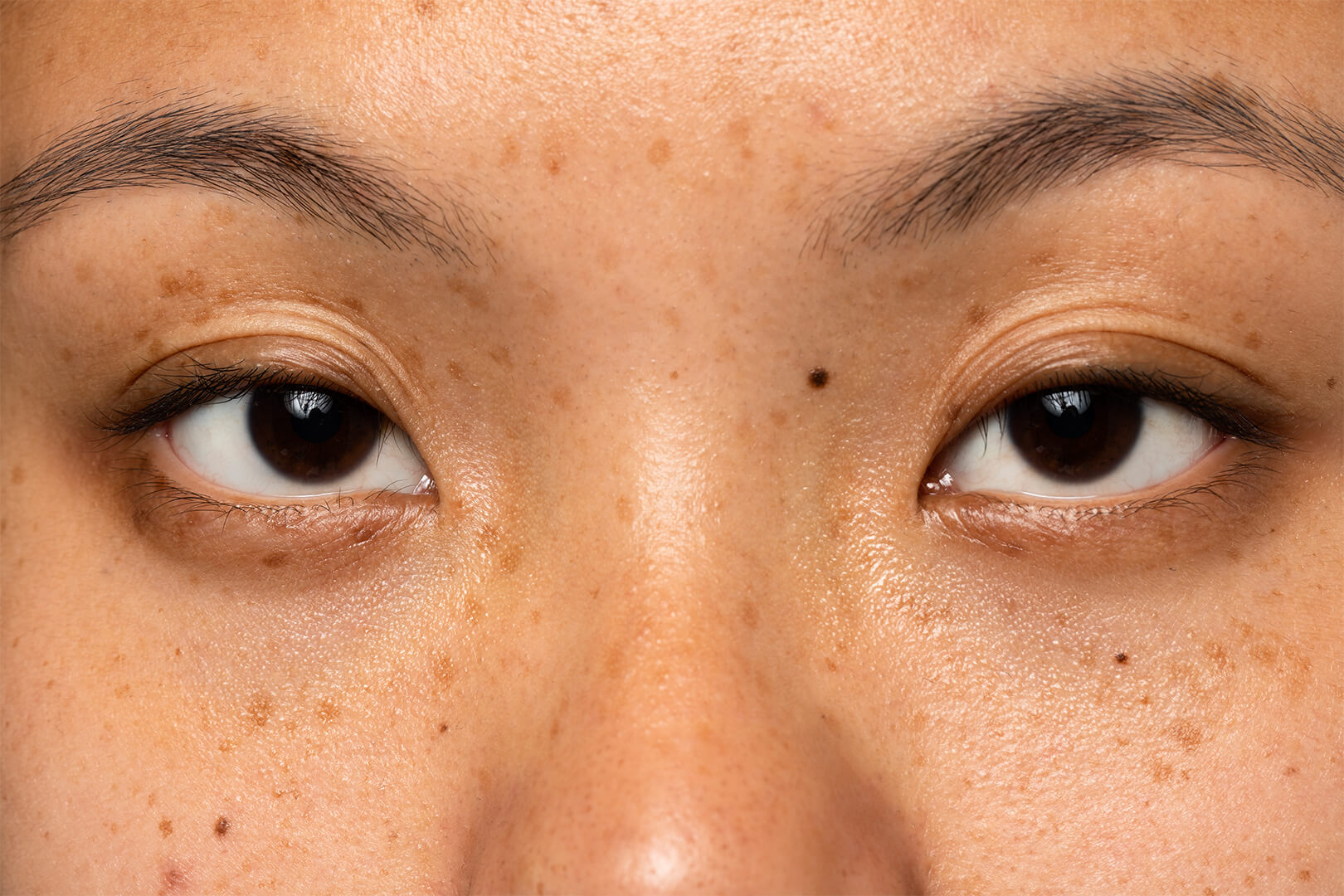
Common Signs:
- One eyelid appears higher or lower than the other.
- The fold or crease of one eyelid is more prominent.
- Differences in eyelid shape or size.
Causes:
- Ptosis: Drooping of the upper eyelid due to muscle weakness.
- Blepharitis: Inflammation causing swelling.
- Injuries or trauma: Previous injuries can lead to asymmetry.
- Aging: Natural loss of skin elasticity.
Medical Conditions:
- Eyelid ptosis correction
- Blepharoplasty
- Cosmetic surgery
If experiencing any noticeable asymmetry, it’s advisable to consult a healthcare provider. Early detection can help determine if the unevenness is cosmetic or requires medical intervention.
Cosmetic Concerns and Solutions
Eyelid unevenness can affect one’s self-esteem and may be visually noticeable, especially in photographs. There are various methods to address this concern, including makeup techniques, non-surgical treatments, and surgical options.
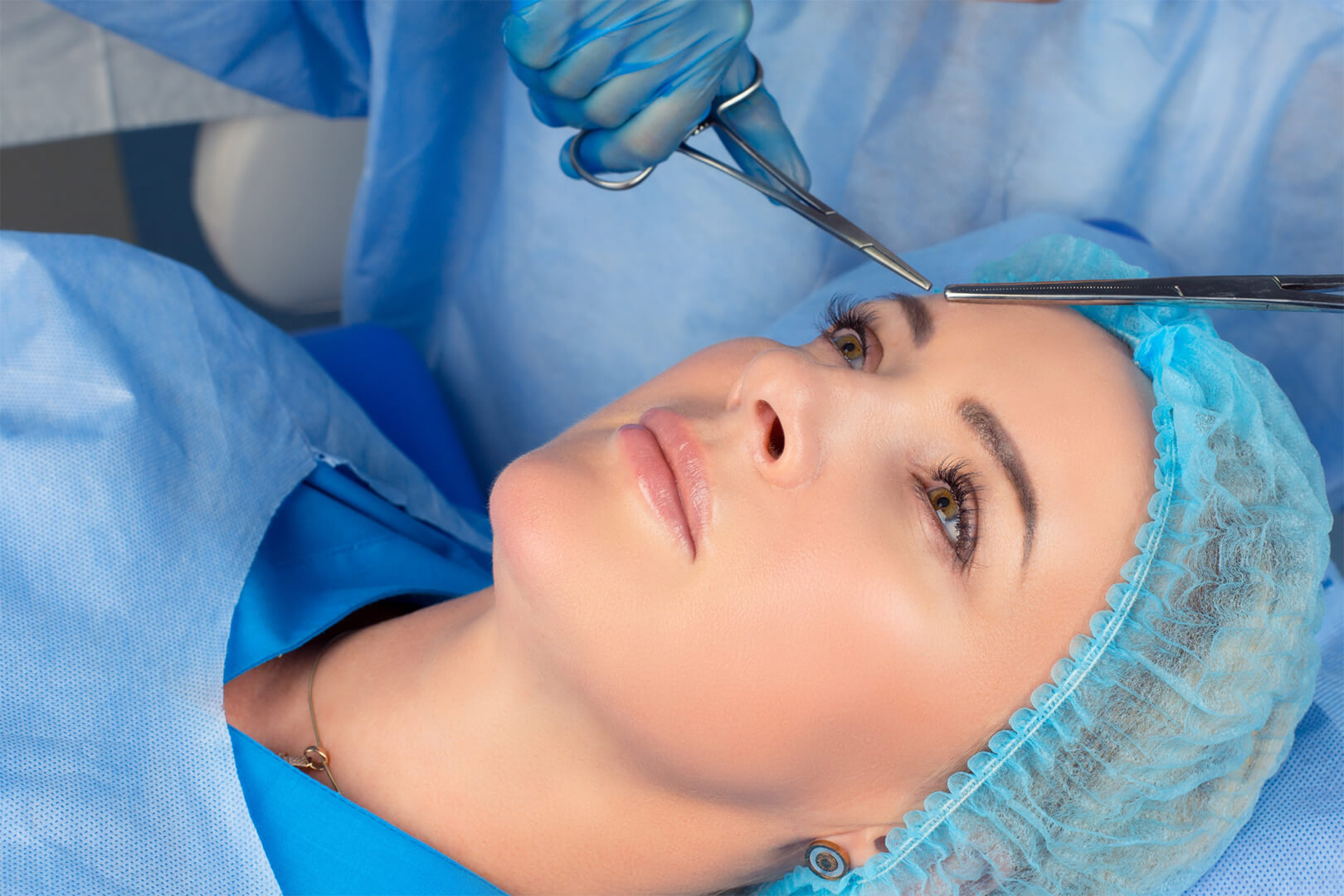
Makeup Techniques
Makeup can be an effective way to create the illusion of symmetrical eyelids. Using eyeshadow, one can balance the appearance of both eyelids by applying darker shades on the prominent lid and lighter shades on the less prominent one.
Eyeliner can also help. Applying a thicker line on the smaller eyelid can create the impression of more balance. Eyelash curlers and mascara are tools that enhance overall eye appearance, making asymmetry less noticeable.
Non-Surgical Treatments
Non-surgical treatments for uneven eyelids generally involve injectables. Botox can temporarily lift a sagging eyelid, providing a more symmetrical appearance without undergoing surgery.
Dermal fillers are another option; they can add volume to the eyelid area, making it appear more even. These treatments are minimally invasive and provide quick results but typically need periodic maintenance as they aren’t permanent solutions.
Surgical Options
Surgical options offer a more permanent solution for uneven eyelids. Blepharoplasty, or eyelid surgery, can correct sagging or drooping by removing excess skin, muscle, or fat. This procedure is often recommended for those with significant asymmetry that affects vision or causes discomfort.
Eyelid ptosis surgery is another option focusing specifically on correcting the droopiness caused by muscle issues. This surgery can provide long-lasting results but requires consultation with a qualified surgeon for optimal outcomes.
Medical Implications of Eyelid Asymmetry
Eyelid asymmetry can result in various medical issues affecting vision, eye comfort, and overall eye health. Identifying medical causes is critical for proper treatment.
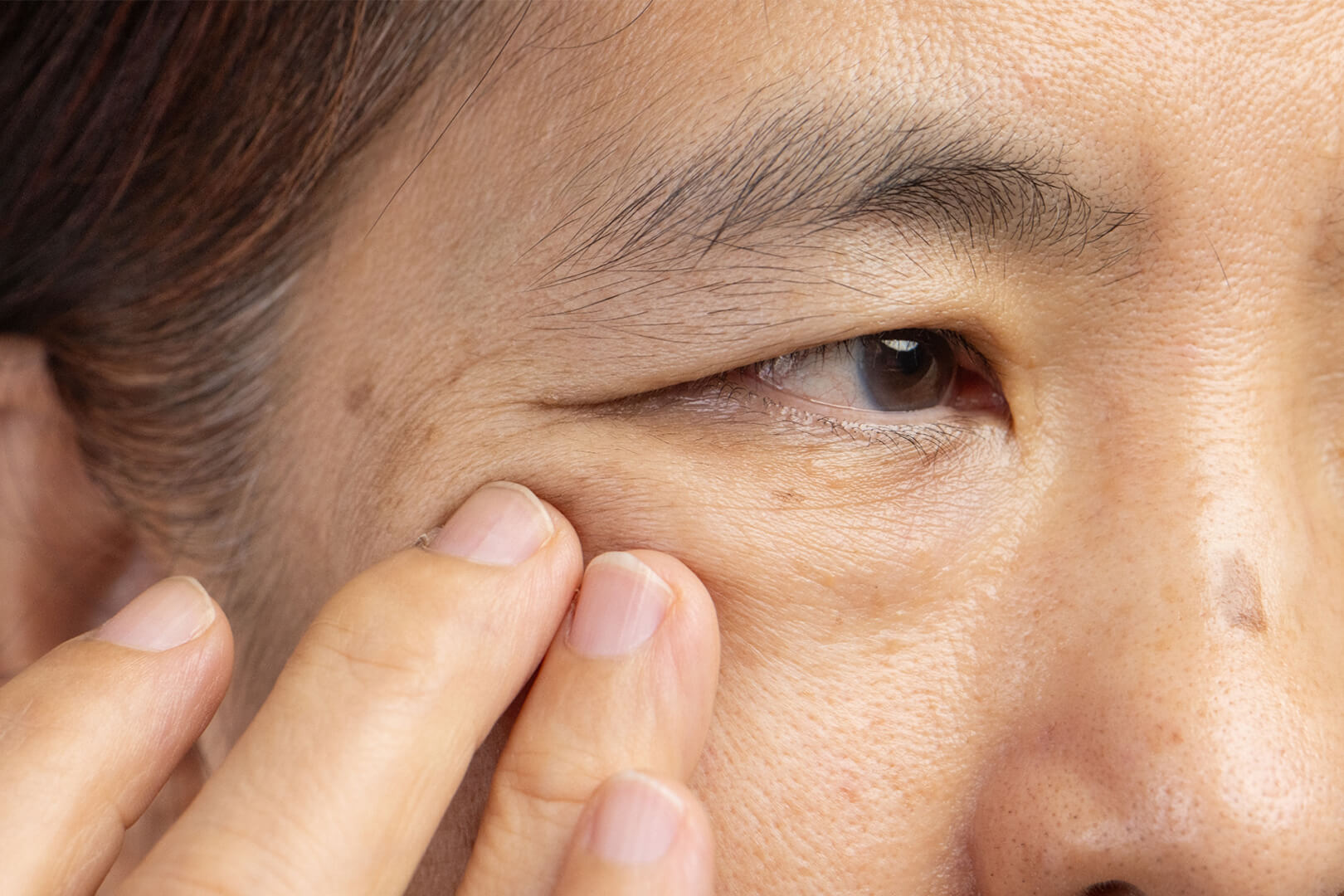
Ptosis
Ptosis refers to drooping of the upper eyelid, which can partially or completely cover the eye. This condition can lead to impaired vision if severe. Ptosis may result from muscle weakness, nerve damage, or underlying conditions such as myasthenia gravis. In children, ptosis can cause developmental issues like amblyopia, also known as lazy eye. Surgical correction is commonly recommended to improve both function and appearance. Topical treatments such as Upneeq eye drops can also provide temporary relief by improving eyelid position.
Thyroid Eye Disease
Thyroid Eye Disease (TED) is an autoimmune condition often associated with hyperthyroidism. It causes inflammation and swelling of eye tissues, leading to eyelid retraction and asymmetry. Patients may experience dry eyes, light sensitivity, and double vision. Severe cases can result in optic nerve compression, affecting vision. Treatment often includes anti-inflammatory medications, eye lubricants, and in some instances, orbital decompression surgery. Ensuring proper thyroid regulation is also critical to managing TED effectively.
Blepharospasm
Blepharospasm involves involuntary spasms of the eyelid muscles, causing blinking and twitching. This condition can make it difficult to keep the eyes open, thereby impacting daily activities and quality of life. The cause is often linked to dystonia, a neurological movement disorder. Botox injections are a common treatment to temporarily paralyze the overactive muscles, providing relief from spasms. In more persistent cases, surgical intervention to remove some eyelid muscles may be considered. Regular check-ups with a neurologist can help manage this condition.
Addressing the medical implications of eyelid asymmetry can significantly improve quality of life and eye health.
Self Esteem and Psychological Effects
Uneven eyelids can significantly impact an individual’s self-esteem and confidence. The asymmetry is often more noticeable in photographs, which can lead to self-consciousness about one’s appearance.
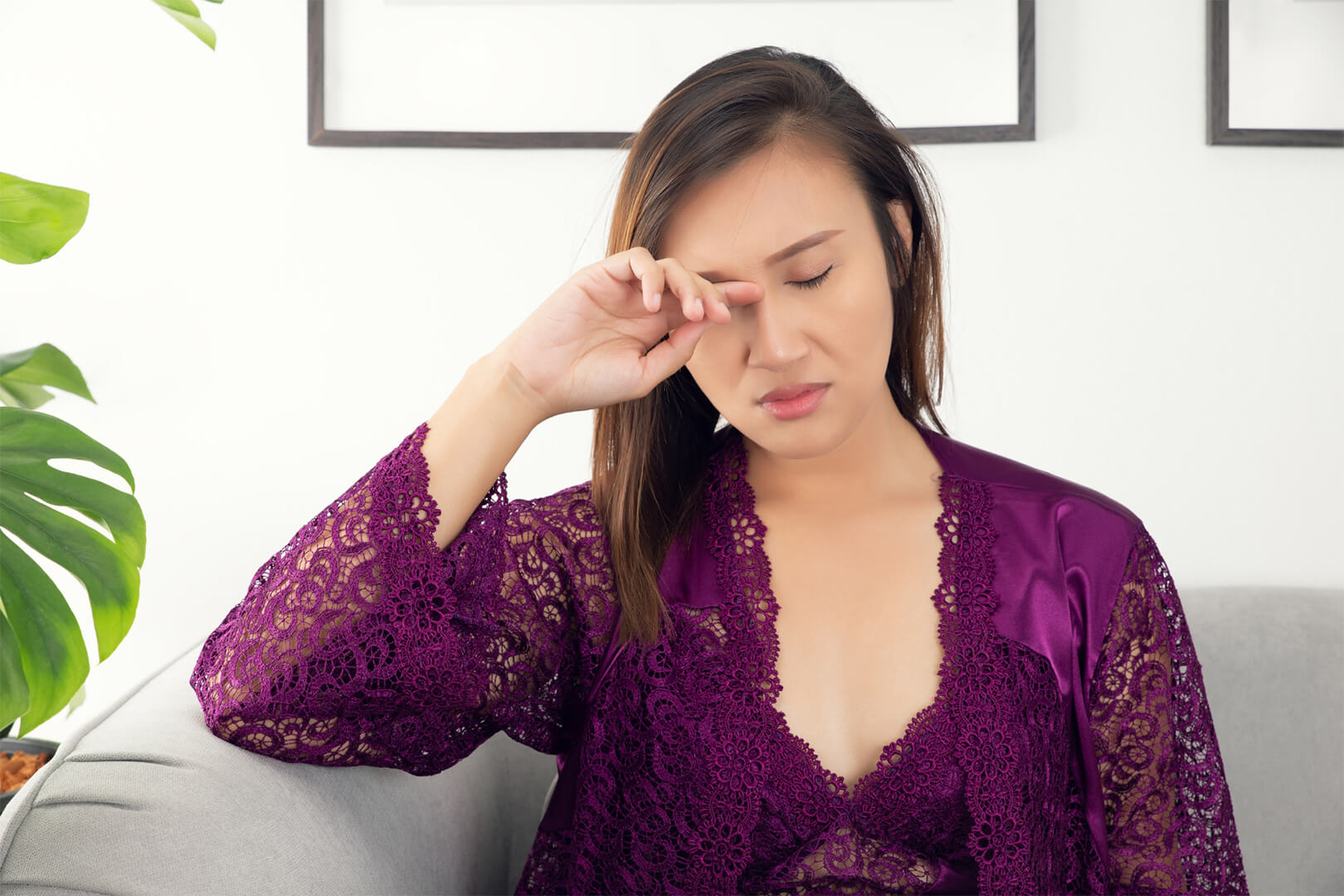
The social implications of uneven eyelids can affect daily interactions. Individuals may avoid social situations or feel uncomfortable in public settings. This can lead to feelings of isolation and decreased quality of life.
In some cases, the psychological effects can manifest as anxiety or depression. Studies indicate that self-esteem plays a crucial role in developing psychiatric problems. People with lower self-esteem are more vulnerable to emotional distress.
Moreover, the impact extends beyond social interactions. Uneven eyelids may cause discomfort or affect vision, leading to functional challenges. This not only affects personal well-being but also performance at work or school.
Addressing these issues is essential for holistic treatment. Psychological support can be as important as medical or surgical interventions in cases of significant asymmetry. Therapy or counseling might help individuals cope with the emotional aspects of living with uneven eyelids.
It is also worth noting that self-esteem is linked to a balanced self-view. Embracing one’s strengths while acknowledging imperfections can lead to a healthier emotional state.
Understanding the multifaceted impact of uneven eyelids is crucial. Social and psychological interventions should not be overlooked. These measures can greatly enhance an individual’s quality of life, helping them navigate the challenges posed by this condition more effectively.
Consulting with a Specialist
Understanding the importance of consulting with a specialist can significantly impact the treatment of uneven eyelids. This process involves carefully choosing the right doctor and adequately preparing for the consultation.
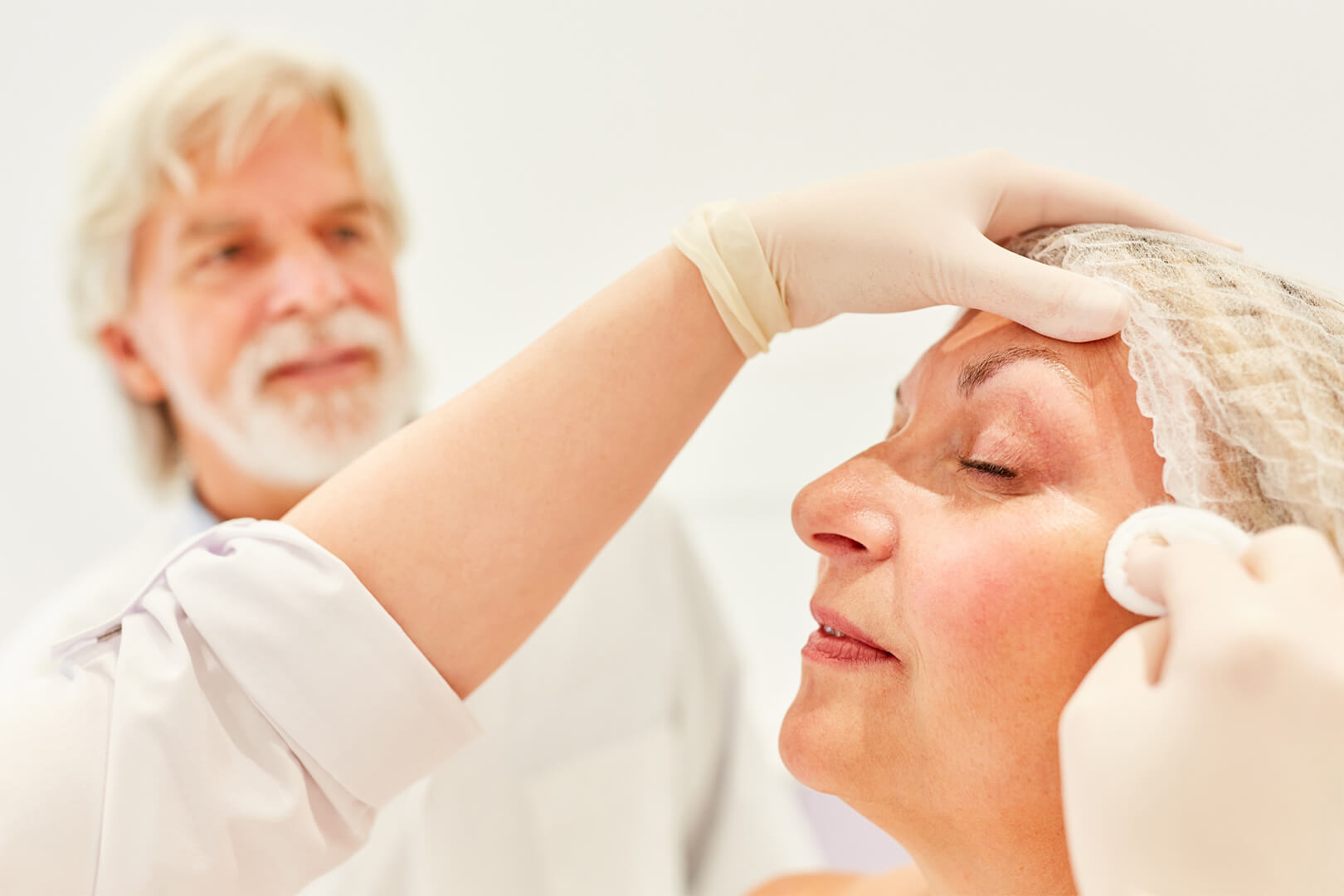
Choosing the Right Doctor
Selecting a qualified specialist is essential for achieving the best possible outcomes for uneven eyelids. Board-certified ophthalmologists and plastic surgeons who specialize in eyelid surgery are the most suited for this task.
When considering a doctor, look for experience with eyelid surgeries, specifically procedures such as Blepharoplasty and ptosis correction. Patient reviews and before-and-after photos can also provide valuable insights. A detailed consultation with the specialist to discuss potential risks, benefits, and expected results is advisable. Verify the doctor’s credentials via reliable medical boards or associations to ensure trustworthiness.
Preparing for Your Consultation
Proper preparation before the consultation can help both the patient and specialist. Gather relevant medical records, including previous eyelid surgeries or eye conditions, as these will provide valuable context.
It’s beneficial to make a list of questions or concerns to address during the meeting. Inquire about different treatment options, such as ptosis surgery, non-surgical methods, and potential outcomes. Discuss any allergies, medications, or underlying health issues to prevent complications.
Patients should also be prepared to follow any pre-consultation instructions provided by the clinic, including fasting or avoiding certain medications.
Recovering from Eyelid Correction Procedures
Recovery from eyelid correction procedures involves specific steps and timeframes.
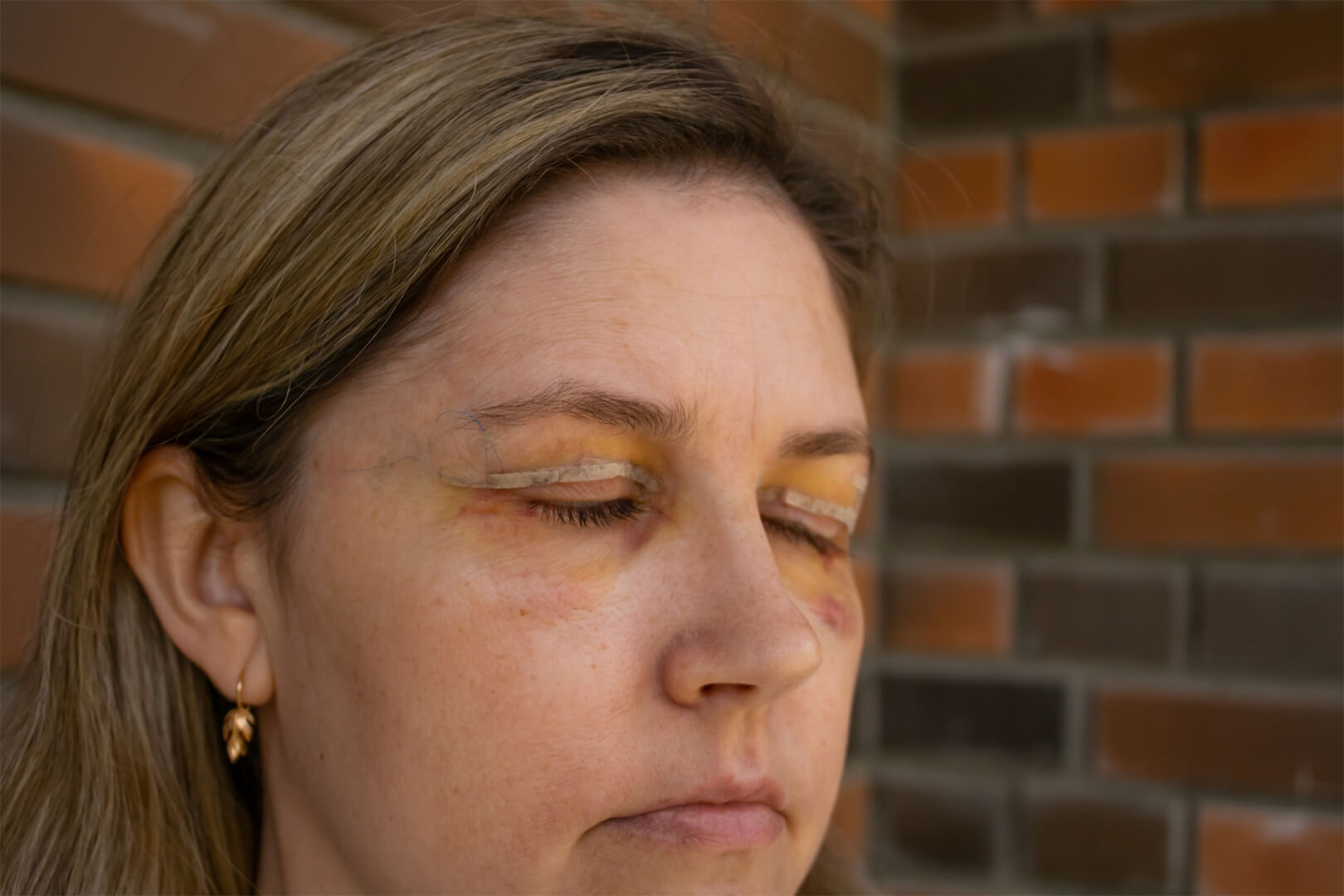
Immediately After Surgery
- Patients often experience swelling and bruising. Applying cool compresses in the first 24 hours can help reduce these symptoms.
First Few Days
- Rest is crucial. Patients should keep their head elevated to minimize swelling. Avoiding strenuous activities and direct sunlight is recommended.
Follow-Up Care
- Surgeons typically schedule a post-operative visit within a week. During this visit, stitches may be removed, and a massage regimen might be advised to help ease swelling and improve healing.
Long-Term Healing
- Complete recovery can take several weeks. It is common to experience minor swelling and redness for a longer period. By following the surgeon’s instructions and attending follow-up appointments, patients can ensure proper healing and optimal results.
Daily Care Routine
- Patients should clean their incision sites as directed by their surgeon. Applying prescribed ointments or medications can aid in healing.
Regular communication with your healthcare provider will address any concerns and ensure a smooth recovery process.
Prevention and Maintenance Tips
Maintaining even eyelids starts with consistent eye care. Regularly clean your eyelids using a clean washcloth or cotton pad dipped in warm water. It is essential to wash hands thoroughly before touching the eyes to avoid infections.
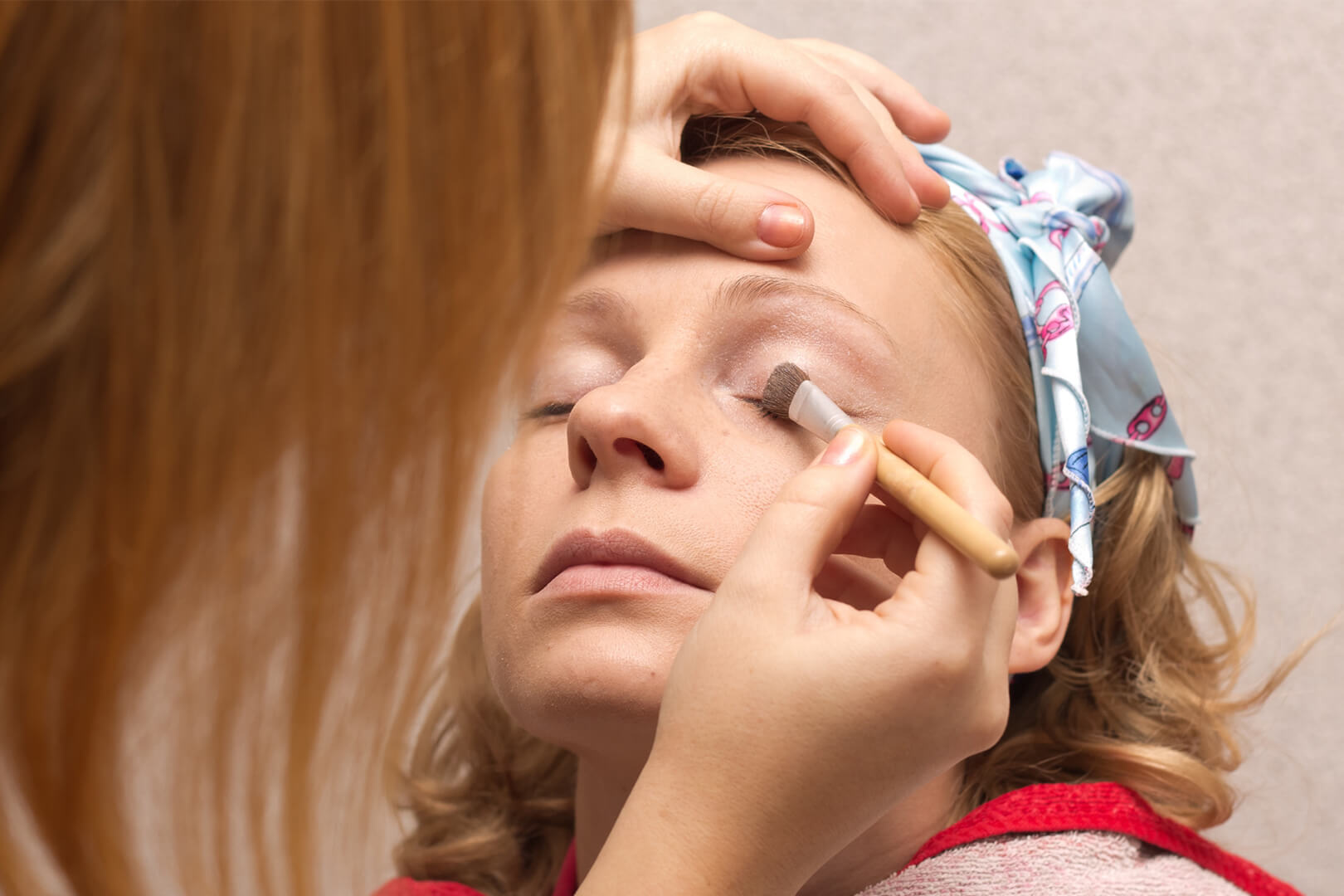
Protecting the eyes from sun damage is also crucial. Consider wearing sunglasses with UV protection and using broad-spectrum sunscreen around the eye area.
Healthy lifestyle choices can reduce the risk of premature aging and eyelid asymmetry. Regular exercise, a balanced diet, and adequate hydration contribute to better skin elasticity and health.
Makeup hygiene is another critical aspect. Regularly clean makeup brushes and applicators to prevent bacterial buildup. Replace eye makeup, especially mascara, every 3-6 months.
For those experiencing conditions like blepharitis or dry eye, minimizing makeup usage can help manage symptoms. Properly cleaning eyelids and lashes is vital to prevent further complications.
Implementing these strategies may help in maintaining symmetry and health of the eyelids.

